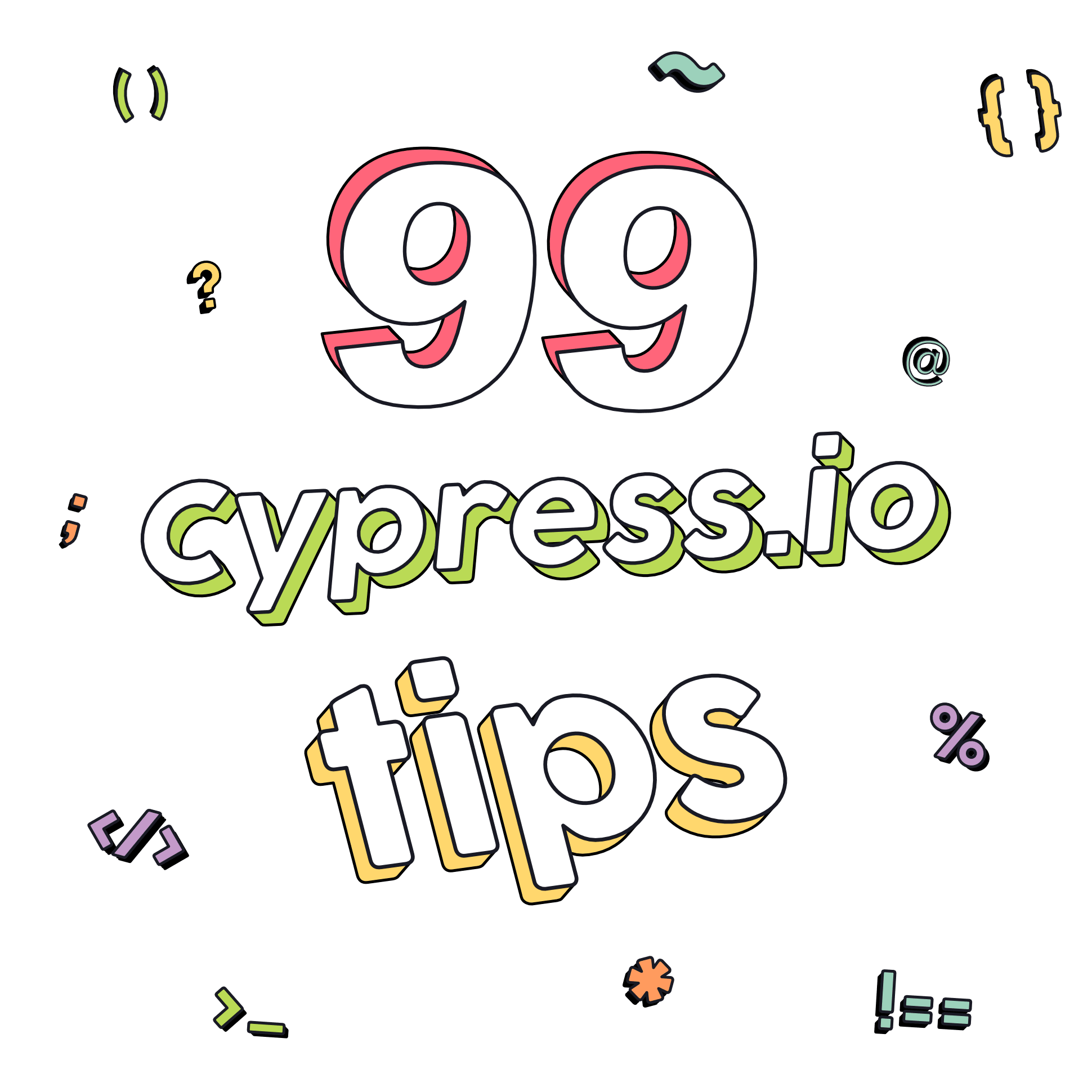Switch between environments in Cypress

You probably want to run your tests on mulitple environments. Many times I’ve seen people doing something like this:
While I am a fan of using Cypress.env() for storing values, there are multiple better way you can go around this.
Using baseUrl
For starters, let's look at .visit() command. This command will open browser with a location you define. But it also takes the baseUrl attribute from your cypress.config.js. This means that when you have your baseUrl set to http://localhost:3000, you can write your urls like this:
and the resolved location will be http://localhost:3000/dashboard. The baseUrl attribute is used in .request() and .intercept() commands as well. This is better than using an env variable. For example, you don't need to deal with renaming everything if you decide one day to change the name of your the localUrl env variable.
Rewriting cypress.config.js
The easiest way to switch environments is to simply rewrite your cypress.config.js file and set baseUrl to a different value each time you want to switch environments. This is of course tedious and takes way too much work if you need to switch often. Also, its not the best way if you use version control and want to run your tests in CI. You need to make a commit every time you want to test against different envrionment and creates mess in your git history.
Pointing to a different configuration file
Instead of using the default cypress.config.js, you can point Cypress to a completely different file. Let's say you have a cypress.production.config.js file, where your baseUrl attribute is set to your production server. To run Cypress using this file, you can do the following:
This of course works for cypress run command as well.
Passing a CLI flag
If you don’t want to change the whole config, you can just change the baseUrl attribute by passing it through CLI:
Using setupNodeEvents
I wrote about this approach in the past, so you can check out a more detailed article here. Basically, as Cypress opens, you can change the config on the fly and rewrite anything in the config. See the following code:
This will mean that even if you have baseUrl set to https://cypress.io, when you open Cypress, it will be rewritten to http://localhost:3000. If you want to seamlessly switch between environments, you can pass an env variable via CLI and then read it in your config. So for example you can write a config like this:
And then pass this to your CLI:
As a result, whenever you pass the local environment flag, Cypress will rewrite your baseUrl to http://localhost:3000. If you pass a different variable, or don't pass anything, Cypress will use the default baseUrl from cypress.config.js
Using Module API
Module API let’s you be very flexible in how you run your tests. When using it, instead of typing npx cypress run, you will run your own script. This way, you will type e.g. node cypress-run.js to your terminal and create a file that looks something like this:
The .run() function will take an object as an argument. In this object, you can define various properties. The baseUrl property will be nested inside config object like this:
This enables us to write a function that will resolve our baseUrl based on some logic. For example, we can tell Cypress to setup a staging url when running on CI. Most of the CI providers have a CI environment variable, which is set to true and can be accessed in our cypress-run.js file. You can also use an npm package for this, but it essentially does the same thing. The module api file will now look like this:
After this, things can get even more complex. You can customize a logic that will resolve your baseUrl based on multiple conditions.
Hope you’ve enjoyed this. You can share or retweet ths blogpost if you feel like it might help someone. If you have questions, you can find me on Twitter, LinkedIn or join the Discord server.
Let’s keep in touch
From time to time I send some useful tips to your inbox and let you know about upcoming events. Sign up if you want to stay in loop.

